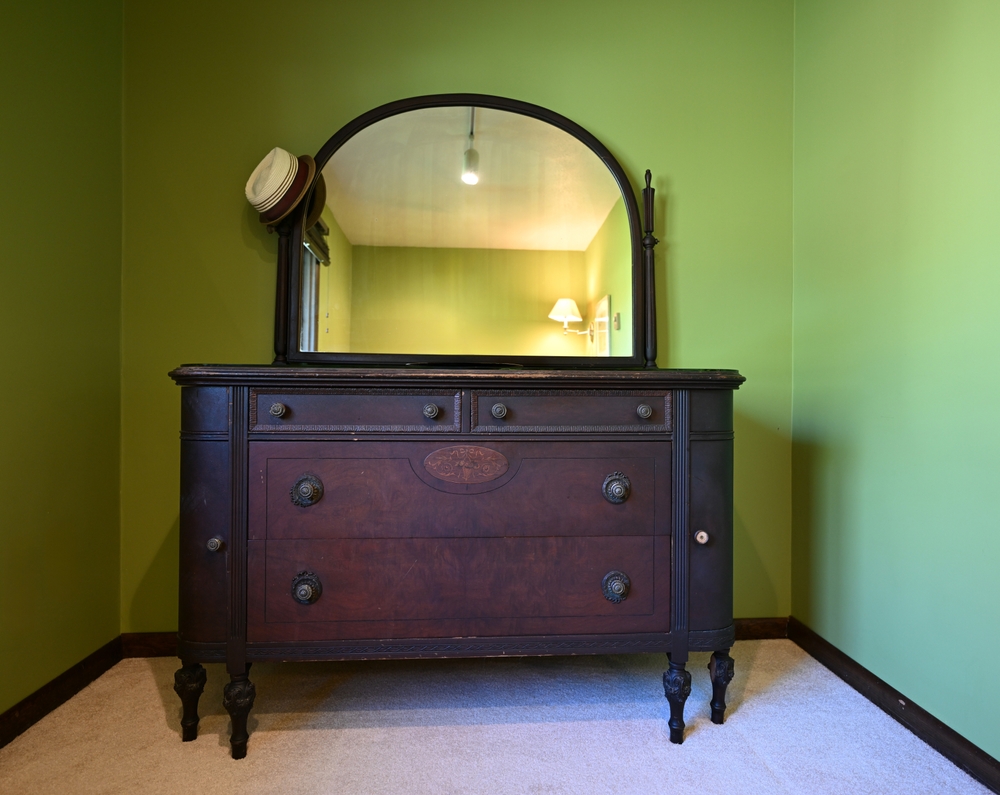Mirror Repair Methods for Antique Furniture

Antique furniture holds timeless beauty and charm, but over the years, wear and tear can leave its mirrors damaged, faded, or cracked. For collectors, homeowners, or restoration enthusiasts, understanding effective antique mirror repair methods is essential to preserve the elegance and value of these historical pieces. Whether you’re dealing with clouded glass, a missing section, or small cracks, this guide will help you identify the best repair techniques to restore your treasured mirrors to their former glory.
Understanding Antique Mirror Damage
Before exploring antique mirror repair methods, it’s important to identify the type and extent of damage. Antique mirrors typically consist of glass backed with a layer of reflective material, often silver or mercury. Over time, various forms of damage may occur:
- Clouding or discoloration: This happens when the reflective backing deteriorates due to moisture, age, or exposure to harsh chemicals.
- Scratches and chips: These are minor damages to the glass surface.
- Cracks and breaks: Larger damage that compromises the structure of the mirror.
- Frame issues: Antique mirror frames can suffer from wood rot, cracks, or peeling finishes.
Identifying these issues will determine which repair method is most suitable for your antique furniture.
Essential Tools and Materials for Antique Mirror Repair
Restoring an antique mirror requires specific tools and materials to ensure proper care and precision. Here are the basics you may need:
- Glass cleaner: Non-abrasive solutions to clean the mirror without further damage.
- Silvering kit: To repair or reapply the reflective coating on the back of the glass.
- Epoxy resin: For fixing cracks or securing chipped areas.
- Replacement glass: If the damage is extensive and a full replacement is needed.
- Putty or wood filler: For repairing antique frames with cracks or chips.
- Sandpaper and paint: To restore the frame’s finish after repairs.
Having these tools on hand makes it easier to address various types of antique mirror damage effectively.
Step-by-Step Antique Mirror Repair Methods
Repairing Clouded or Discolored Mirrors
Clouded or discolored mirrors are one of the most common problems in antique furniture. Over time, the silver backing on the mirror can degrade, creating dark spots or a dull reflection. To address this:
- Clean the Glass: Start by gently cleaning the surface with a soft, lint-free cloth and a glass cleaner. Avoid abrasive cleaners that could worsen the damage.
- Remove the Backing: Carefully remove the mirror from its frame and place it face down. Use a scraper or razor blade to strip off the deteriorated reflective backing.
- Apply New Silvering: Using a mirror resilvering kit, apply a fresh silver coating to the back of the glass. Follow the manufacturer’s instructions carefully, as this step requires precision.
- Seal the Backing: Once the new silver layer has dried, protect it with a layer of paint or sealant to prevent further damage.
- Reassemble the Mirror: Place the repaired mirror back into its antique frame.
Resilvering an antique mirror restores its reflective quality while maintaining the original glass, preserving the historical integrity of the furniture.
Fixing Scratches and Chips
Small scratches and chips on an antique mirror can often be repaired without needing to replace the glass:
- Clean the Area: Start by cleaning the damaged area to remove any dirt or debris.
- Apply Glass Polishing Compound: Use a fine polishing compound designed for glass repair. Apply it with a soft cloth, rubbing gently over the scratches until they diminish.
- Fill Chips with Resin: For deeper chips, apply clear epoxy resin to the damaged area. Use a putty knife to smooth the resin so it blends with the glass surface.
- Polish the Surface: Once the resin has cured, polish the area again to restore a smooth finish.
While minor imperfections can add character to antique mirrors, addressing noticeable scratches enhances their beauty without compromising authenticity.
Repairing Cracked or Broken Mirrors
Cracks or breaks in antique mirrors present a greater challenge. If the damage is limited to a small crack, you can attempt the following repair:
- Stabilize the Crack: Carefully clean the crack and surrounding area with a soft cloth.
- Inject Resin: Use a clear, UV-curable epoxy resin to fill the crack. Inject the resin into the damaged area and allow it to cure completely under UV light.
- Polish the Surface: Once the resin has cured, polish the area to ensure a smooth, seamless appearance.
For larger breaks or shattered mirrors, replacement may be the only option. In such cases:
- Replace with Antique-Style Glass: Find a glass supplier that offers antique-style or beveled glass to match the original mirror.
- Preserve the Frame: If replacing the glass, ensure that the antique frame is cleaned, repaired, and properly reinforced to accommodate the new mirror.
Restoring Antique Mirror Frames
In many cases, the mirror frame is as valuable as the mirror itself. Frames can suffer from wood rot, peeling paint, or structural cracks over time. Here’s how to repair them:
- Clean the Frame: Remove dirt and dust using a soft brush or cloth. Avoid using water on delicate wood or gilded finishes.
- Fill Cracks and Holes: Use wood filler or putty to repair small cracks and chips in the frame. Allow it to dry before sanding smooth.
- Reinforce Weak Areas: For frames that are structurally unsound, use wood glue or clamps to stabilize joints and weak areas.
- Restore the Finish: Sand the surface lightly, then repaint, re-stain, or reapply gold leaf to match the original finish of the frame.
- Seal for Protection: Apply a protective sealant to prevent further wear and aging.
By restoring the frame alongside the mirror, you preserve the complete beauty and character of the antique furniture.
When to Seek Professional Help
While many antique mirror repair methods can be performed at home, there are situations where professional glass mirror restoration is the best choice:
- Extensive Damage: Mirrors with large cracks, shattered glass, or severely deteriorated silvering may require expert handling.
- Valuable Pieces: If the mirror is a rare or highly valuable antique, professional restorers can ensure the repair maintains its authenticity and value.
- Delicate Frames: Gilded, hand-carved, or ornate frames often require specialized care and restoration techniques.
Professional mirror restorers have the skills and tools to handle complex repairs while preserving the integrity of antique furniture.
Preserving Antique Mirrors for the Future
Once your antique mirror has been repaired, proper care and maintenance are essential to preserve its condition for years to come:
- Keep Mirrors Away from Moisture: Excess humidity can cause silvering to deteriorate and frames to rot.
- Avoid Harsh Chemicals: Use non-abrasive cleaners and soft cloths for regular cleaning.
- Protect from Direct Sunlight: UV rays can damage both the glass and the frame over time.
- Regular Inspections: Periodically check for signs of wear or damage and address them promptly.
By caring for your antique mirrors properly, you can ensure their longevity and continued beauty.
Final Thoughts
Antique mirrors are treasured features of historical furniture, offering a glimpse into the past with their craftsmanship and charm. Whether you’re repairing clouded glass, fixing cracks, or restoring an ornate frame, the right antique mirror repair methods can breathe new life into these timeless pieces. With patience, the right tools, and professional assistance when needed, you can preserve and enjoy the elegance of your antique mirrors for generations to come.
